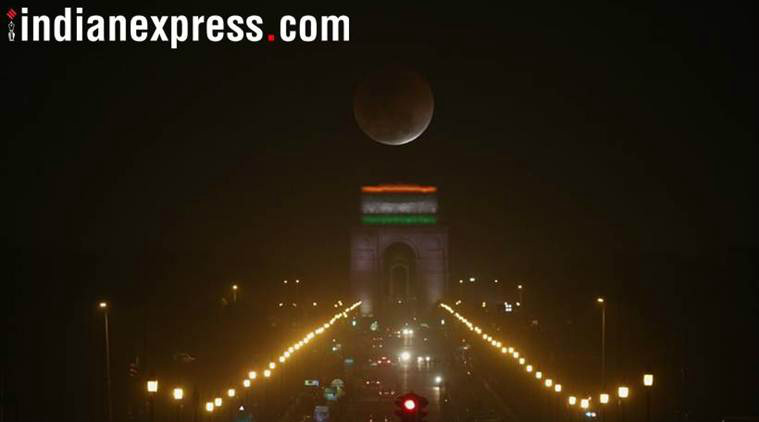Lunar Eclipse 2018: Here are the India timings for watching the century’s longest eclipse
Lunar Eclipse or Chandra Grahan 2018, blood moon 2018 dates and Time in India: Here's how to watch century's longest lunar eclipse in India

Lunar Eclipse 2018 Date: India will see the longest lunar eclipse in a century over the night of July 27, and the early hours of July 28.
Lunar Eclipse 2018 Date and Time in India: The world will see the longest lunar eclipse in a century over the night of July 27, and the early hours of July 28. This phenomenon will also take place alongside the Blood Moon, as well as the Mars opposition. The lunar eclipse will also be visible in India, and this will be a ‘Blood Moon’ as well, where the Earth’s satellite takes on a reddish tinge. Here are the timings to watch Lunar Eclipse in India on July 27, 2018.
Lunar eclipse 2018: Timings to watch the first phase in India
The first part of the lunar eclipse will see the Moon fall under the Earth’s shadow. This part of the eclipse is known as the penumbral eclipse, as the Moon is under partial influence of the shadow cast by the Earth (called Umbra). Scientists predict that this event could begin from 11.44 pm IST on July 27.
As this happens, some part of the Moon will not be visible to stargazers, resulting in a partial lunar eclipse. The first phase of this partial lunar eclipse is expected to set in from 11.54 pm. This eclipse is represented as phase one of the partial eclipse, since a second partial eclipse will be witnessed after the total lunar eclipse ends.

Also read: Total lunar eclipse on July 27, 2018: Century’s longest eclipse, blood moon and what happens
Lunar eclipse 2018: How to watch total lunar eclipse in India
The most-awaited phase of the eclipse, the total lunar eclipse, is estimated to set in from 1 am IST on July 28. It should be visible in Indian cities like Delhi, Pune, Mumbai, etc, but the weather forecast will end up playing a role in this. Cloudy skies could play spoilsport for those who are interested in watching the total lunar eclipse.
For the duration of the total lunar eclipse, the Moon will be completely engulfed by the Earth’s shadow. The Moon will get to the height of the eclipse at around 1.51 am, at which point it would have reached the centre of the Umbra. This will persist until 2.43 am, after which the Moon will begin to move outside the Earth’s shadow. The total lunar eclipse will last nearly 103 minutes, which makes it the century’s longest.
Lunar eclipse 2018: Phase two, when to watch in India
As the Moon continues on its orbit, and pulls away from the Umbra, stargazers will notice another partial lunar eclipse. This will pick up from around 2.43 am IST, which will then be followed by another penumbral eclipse. While the partial lunar eclipse is expected to end by 3.49 am, and the penumbral eclipse would end by about 4.58 am.
For the best view of these phenomena, stargazers should ensure that they try and choose a spot away from city limits, to spot a clear sky. More than anything, it would also help if one refers to weather forecasts, given the state of the ongoing monsoons. For the best view of these events, astronomers and ordinary citizens would need to consider using a telescope with a size of 8 inches or more.
For all the latest Technology News, download Indian Express App
© IE Online Media Services Pvt Ltd






















No hay comentarios:
Publicar un comentario